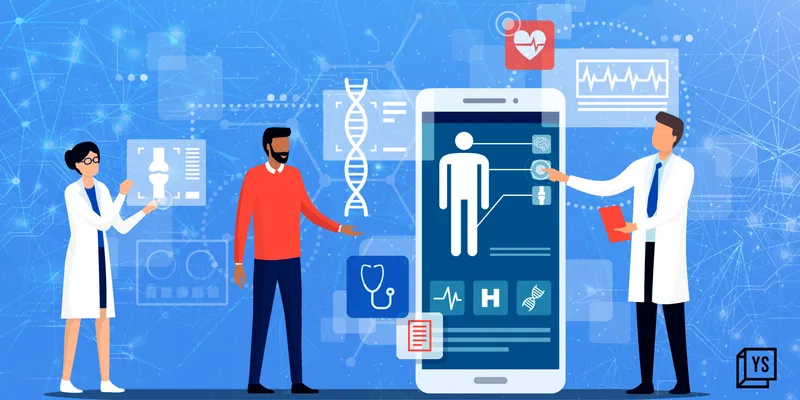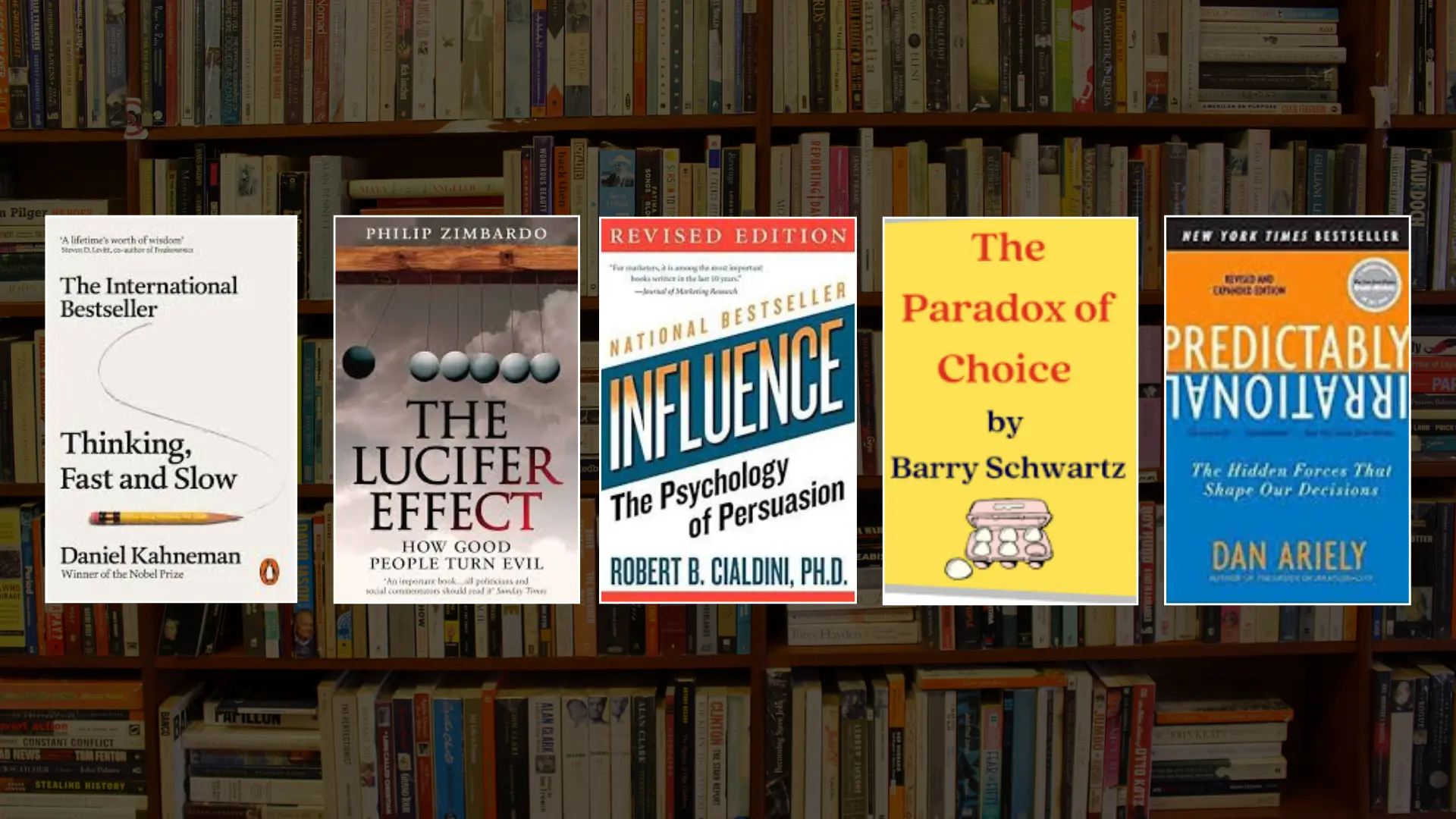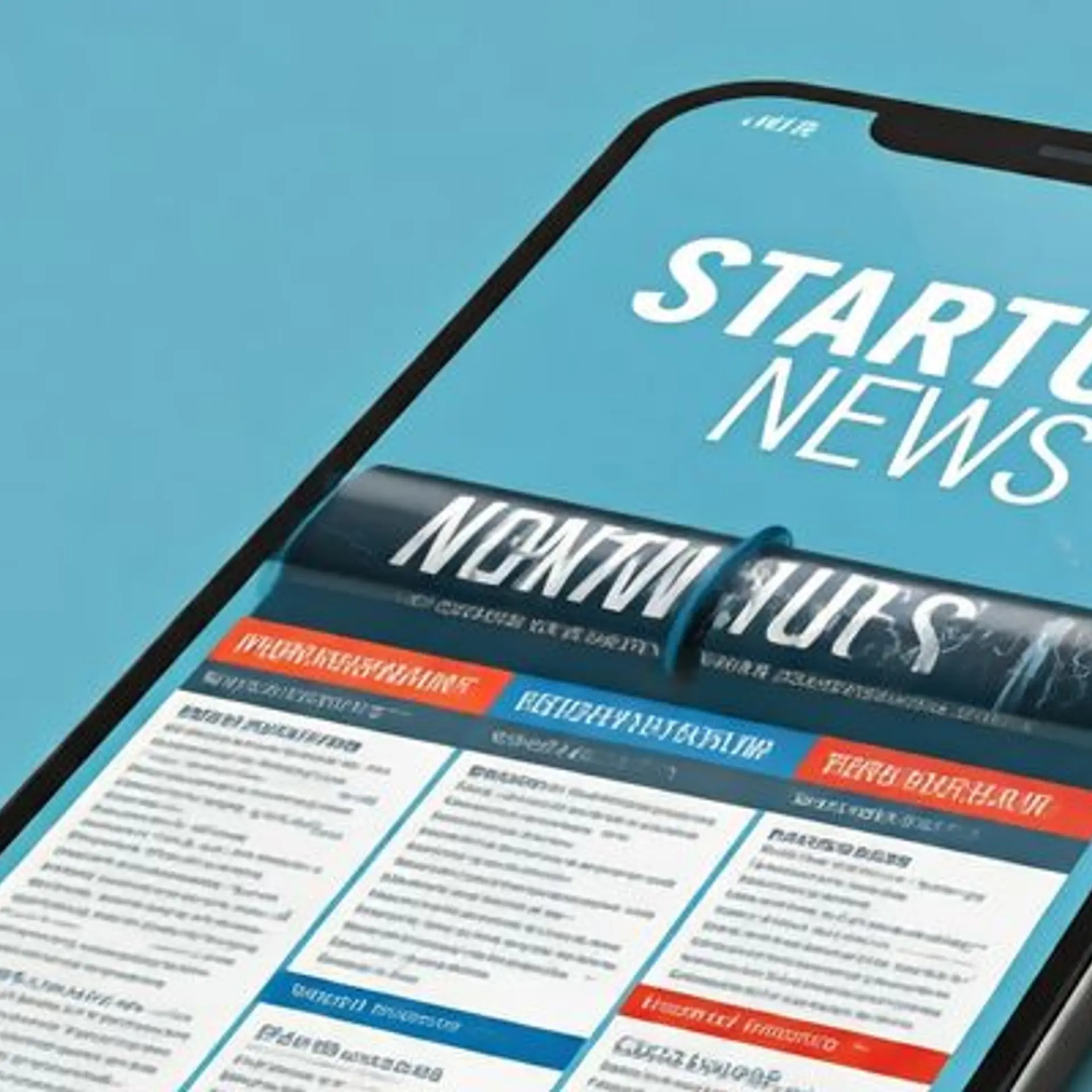Breaking the cycle of debt: How 0% EMI loans are revolutionising healthcare access
Zero percent EMI loans are not just a financial product; they are a lifeline for millions of families striving for quality healthcare without the fear of financial ruin.
The gap between medical expenses and affordability continues to widen at an alarming rate in India, with healthcare inflation amongst the highest in South Asia. According to ACKO India Health Insurance Index 2024, healthcare costs in India rise by 14% annually, far outpacing food price inflation and income growth.
For a population where 63% of healthcare expenditure is still out-of-pocket, the burden of medical expenses is staggering. Unfortunately, this leads to millions being pushed into poverty each year, creating a cycle of debt that is hard to escape.
Healthcare affordability gap
India’s healthcare affordability gap is starkly evident in the numbers. With health insurance penetration at a mere 37% in 2023, according to PWC’s Health Insurance Consumer Survey, a large majority of Indians remain financially unprotected against medical emergencies. Even among those with insurance, the average sum insured is just Rs 5 lakh—a figure grossly inadequate when compared to the rising costs of advanced medical treatments like cancer care, organ transplants, or cardiac surgeries, which can run into tens of lakhs.
This "missing middle class" faces the harshest brunt. When faced with a health crisis, they resort to extreme measures such as taking high-interest personal loans, mortgaging their homes, or selling off gold and other valuables.
The debt trap: A grim reality
The repercussions of financing healthcare through high-interest loans or liquidating assets are devastating. Loans with annual percentage rates (APR) exceeding 25-30% pile on unsustainable financial pressure. Meanwhile, selling family assets like gold depletes household wealth and strips families of their financial safety nets for future emergencies.
According to the World Health Organization, over 55 million Indians are pushed into poverty every year due to healthcare expenses. This cycle of debt perpetuates a grim reality—families burdened by interest-heavy loans are often unable to recover financially, leaving them vulnerable to further crises.

The 0% EMI revolution
Amid this affordability crisis, 0% EMI loans are emerging as a transformative solution, bridging the gap between quality healthcare and financial accessibility. These innovative financing options allow patients to pay only the principal amount, with the interest costs absorbed by partner hospitals under a subvention business model.
Here’s how the model works:
1. Hospital partnerships: Lending marketplaces collaborate with leading hospital chains across India, enabling them to offer patients 0% EMI loans as a financing option.
2. Subvention costs: Hospitals bear the cost of the EMI interest, treating it as a marketing expense invested in patient acquisition and retention.
3. Patient benefits: Patients are relieved from paying exorbitant interest rates, allowing them to access timely medical care without the financial strain of compounding debt.
This model is especially effective in addressing the affordability challenges of the "missing middle class," providing them with a viable alternative to high-interest loans or asset liquidation.
Transforming healthcare access
The impact of 0% EMI loans is far-reaching. By removing the burden of interest payments, these loans empower patients to access quality healthcare without compromise. Treatments that were once deemed unaffordable—such as minimally invasive surgeries, fertility treatments, organ transplant procedures, or advanced cancer care—are now within reach for millions of families. Additionally, the model promotes financial inclusivity by offering flexible repayment terms, making it easier for families to manage medical expenses alongside other financial obligations.
Breaking the debt cycle
Beyond improving healthcare access, 0% EMI loans play a critical role in breaking the cycle of debt. Families no longer need to deplete their savings or sell off valuables, preserving their financial stability for the future. By reducing reliance on high-interest loans, this model also minimises the risk of long-term indebtedness, allowing families to recover from medical crises without being financially crippled.
Win-win for patients and hospitals
For hospitals, offering 0% EMI loans enhances patient trust and satisfaction. Patients are more likely to choose hospitals that provide transparent and affordable financing options, boosting the hospital’s reputation and patient volumes. This symbiotic relationship between hospitals and patients is a testament to how innovative business models can drive better outcomes for all stakeholders.
Conclusion
India’s healthcare system is at a critical juncture. With rising medical costs and limited insurance coverage, the need for accessible financing solutions has never been greater. Zero percent EMI loans are not just a financial product; they are a lifeline for millions of families striving for quality healthcare without the fear of financial ruin. By partnering with hospitals and leveraging the power of innovation, healthcare lending marketplaces can make healthcare more accessible and affordable for every Indian. Together, we can break the cycle of debt and ensure that no family has to choose between health and financial stability.
(Sahil Lakshmanan, Chief Business Officer at Carepal Money, is a seasoned fintech leader with over 15 years of experience.)
Edited by Kanishk Singh
(Disclaimer: The views and opinions expressed in this article are those of the author and do not necessarily reflect the views of YourStory.)








